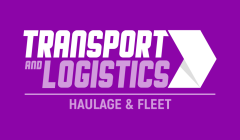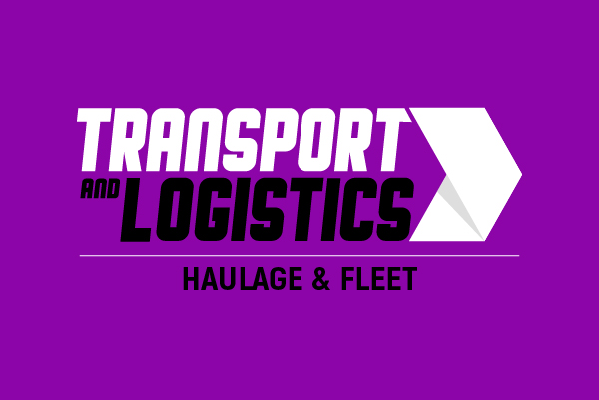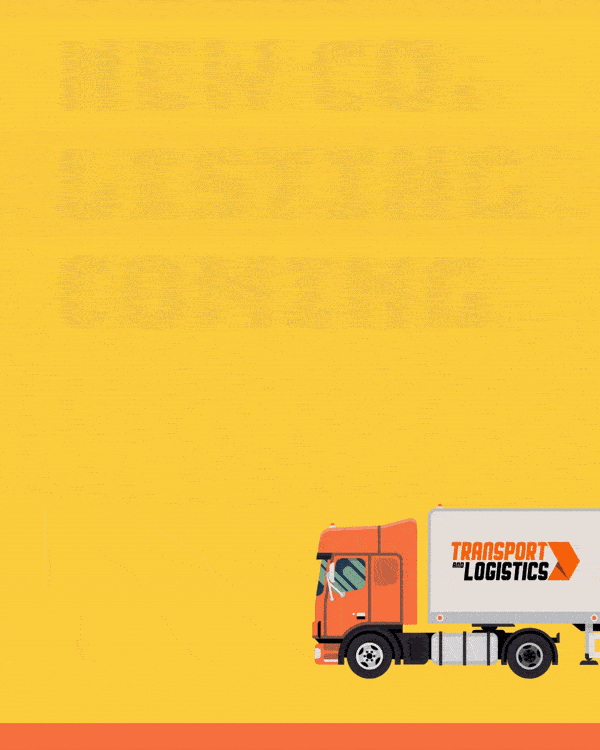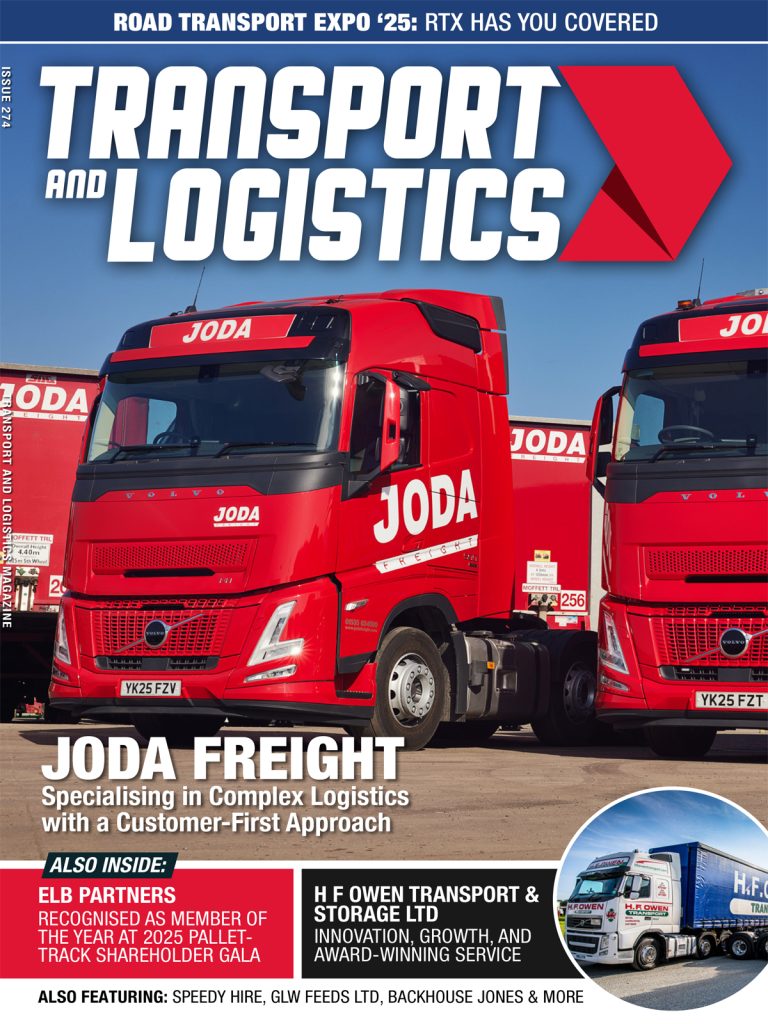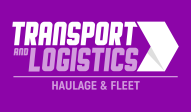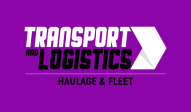For the last two years, XPO (NYSE: XPO) has been in the process of breaking up the transportation and logistics behemoth it had become via multiple acquisitions over the last decade. However, the final piece — the sale of its European Transportation unit — was pulled earlier this month due to “weakened capital markets in Europe.”
“[We] stopped the process and we’re not going to be selling the business here in the near term,” new CEO Mario Harik told FreightWaves, noting the unit continues to perform well, recording mid-single digit organic growth “despite the macro softness in Europe.”
XPO was successful in spinning off its brokerage unit RXO (NYSE: RXO) last month and contract logistics business GXO (NYSE: GXO) last year. It also sold an intermodal unit in March.
Management was hopeful it would be able to unload the European business to solidify XPO as a less-than-truckload pure-play and further enhance shareholder value by shedding what it previously described as a “conglomerate’s discount.”
However, for now, XPO is “predominantly a [$4.5 billion] North American LTL company,” according to Harik,, with a $3 billion transportation business in Europe. Europe only accounts for roughly 15% of consolidated earnings before interest, taxes, depreciation and amortization. While it may be carrying some extra weight, ambitions around the LTL business haven’t changed.
“The focus of the management team and the leadership team is predominantly on our LTL business and how we can execute on our LTL 2.0 plan, which is effectively investing more capital into the business, gaining market share, leaning on price, leaning on technology, improving efficiency, and growing both top line, bottom line and expanding margins over the next five years,” Harik said.
XPO wants to cut third-party linehaul miles in half to 12% to 14% of total miles. The cost per mile is reduced by 30% to 40% when performed in house. An 11-percentage-point reduction in outside miles would generate $55 million in savings. A 10% increase in the linehaul trailer fleet this year along with incremental capacity additions next year will facilitate the effort.
A reduction in equipment maintenance expenses will drive significant savings as well. Currently, the company is running a tractor fleet that is 5.9 years old on average. The goal is to get below five years over time to reduce expensive repairs and improve fuel economy.
All told, 1 percentage point of efficiency or cost reduction delivers $16 million of savings in the linehaul operation, $7 million in pickup and delivery and $3 million on the dock.
Transport and Logistics Magazine | The Home of Transport Industry News
